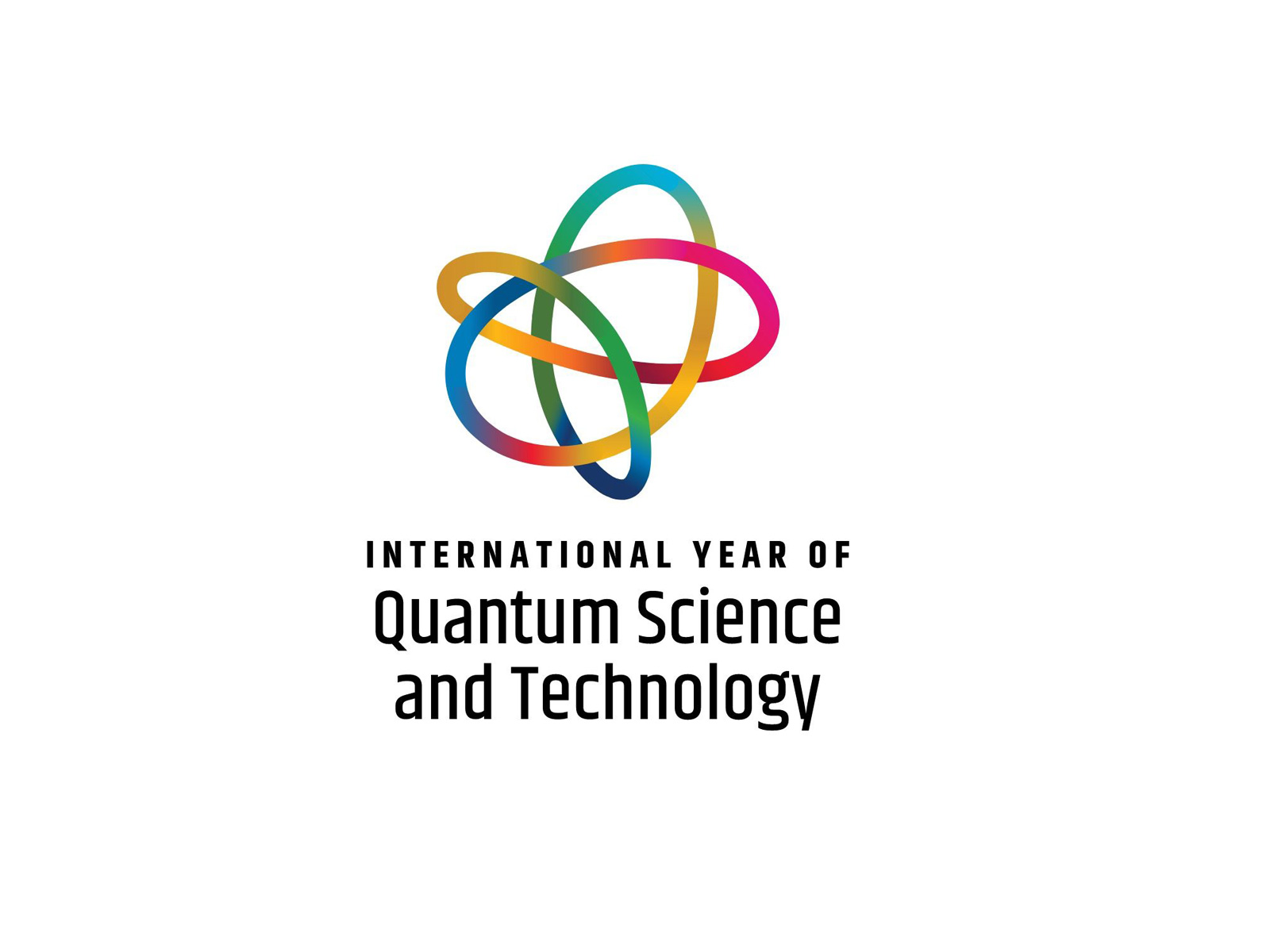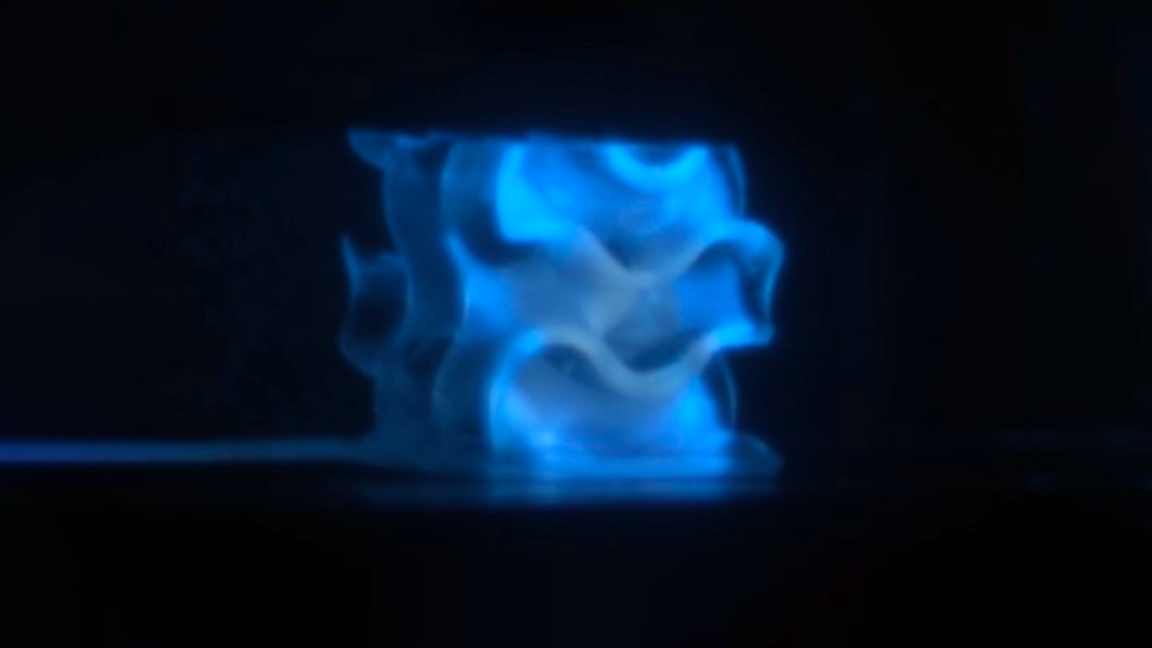 The Event Horizon Telescope collaboration (EHT) was awarded the 2020 Breakthrough Prize for Fundamental Physics “for the first image of a supermassive black hole, taken by means of an Earth-sized alliance of telescopes”, which was announced on 10 April 2019. The prize, which is worth some three million dollars, will be divided between the collaboration’s 347 scientists, in which researchers from the Italian Institute for Nuclear Physics (INFN) and from the National Institute for Astrophysics (INAF) participate. These researchers include Mariafelicia De Laurentis, INFN researcher and professor of astrophysics at the Federico II University of Naples, who, as a member of the EHT collaboration, coordinated the experiment’s theoretical analysis group.EHT is a distributed network across the Earth, composed of a set of radio telescopes that operate in a coordinated way to construct a single instrument of global dimensions and unprecedented sensitivity and resolution. Specifically designed with the purpose of capturing the image of a black hole, EHT presented the first direct visual proof of a black hole and of its shadow on 10 April. More specifically, the image captured the event horizon of the supermassive black hole, with a mass equivalent to 6.5 billion solar masses, which is located 55 million light years from the Earth, at the centre of the Messier 87 galaxy. The result was described in six scientific articles published in The Astrophysical Journal Letters
The Event Horizon Telescope collaboration (EHT) was awarded the 2020 Breakthrough Prize for Fundamental Physics “for the first image of a supermassive black hole, taken by means of an Earth-sized alliance of telescopes”, which was announced on 10 April 2019. The prize, which is worth some three million dollars, will be divided between the collaboration’s 347 scientists, in which researchers from the Italian Institute for Nuclear Physics (INFN) and from the National Institute for Astrophysics (INAF) participate. These researchers include Mariafelicia De Laurentis, INFN researcher and professor of astrophysics at the Federico II University of Naples, who, as a member of the EHT collaboration, coordinated the experiment’s theoretical analysis group.EHT is a distributed network across the Earth, composed of a set of radio telescopes that operate in a coordinated way to construct a single instrument of global dimensions and unprecedented sensitivity and resolution. Specifically designed with the purpose of capturing the image of a black hole, EHT presented the first direct visual proof of a black hole and of its shadow on 10 April. More specifically, the image captured the event horizon of the supermassive black hole, with a mass equivalent to 6.5 billion solar masses, which is located 55 million light years from the Earth, at the centre of the Messier 87 galaxy. The result was described in six scientific articles published in The Astrophysical Journal Letters
You might also be interested in

EuPRAXIA chooses ELI Beamlines as second site for laser-driven accelerator

The record neutrino observed by KM3NeT
07 February 2025
Read more The record neutrino observed by KM3NeT

INFN celebrates the STEM WEEK and the International Day of Women and Girl in Science 2025

International Year of Quantum Science and Technology, 2025
03 February 2025
Read more International Year of Quantum Science and Technology, 2025

A new generation of plastic scintillators thanks to 3d printing

Capturing the accretion flow of M87* black hole
22 January 2025
Read more Capturing the accretion flow of M87* black hole